In a world full of changes, that sector that is likely to significantl benefit from whatever comes is textile industry because this sector has been embracing various technological upgrades such as an increase in production efficiency.
As conditions change in the market and customer preferences evolve, more effective and efficient manufacturing processes become one of the essential things in the production sector.
Here, the article examines how these radically transform textiles by making them more productive and most importantly, the sustainability factor increases.
Technology is not a luxury anymore in the contemporary world; it is a requirement in textile fabrication.
Oiling the integrated machinery and other production devices and tools makes production more efficient, minimizes waste, and improves quality of product.
This makes the result much faster and promotes a high level of customer satisfaction that the market demands for speed and innovation.
There are very many areas within textile production where there have been quite significant technological innovations.
These include automation, smart fabrics, digital printing, data analytics, sustainable practices, and others.
All of these areas together have made production more efficient as businesses can now respond to and exceed consumer demand.
And More:
- The Most Advanced Automation Technologies in the Textile Industry
- Optimizing Production Processes with Advanced Yarn Twisting Machines
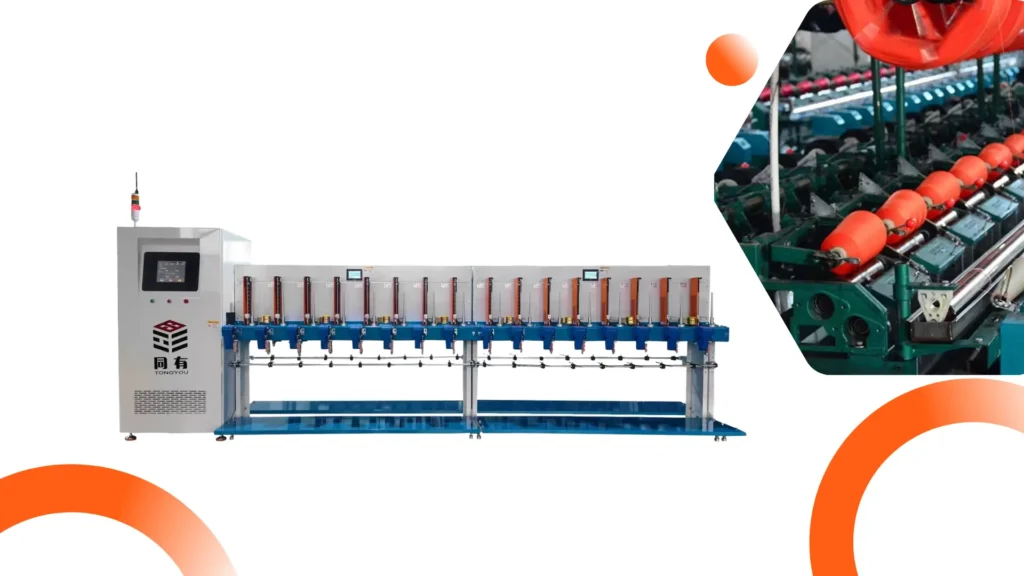
Automation in Textile Manufacturing
Advantages of Automation Machinery
The main benefit of using automated machinery is that it requires the least human intervention and resource waste.
Therefore, it ensures high accuracy and maximizes efficiency in the textile industry.
Machines can work continuously, reducing the necessity of manual work in terms of time and labor cost.
It not only increases yield, but it also improves consistency and quality in the final product.
Sample Automation Types
Robotic sewing machines, automated cutting tables and computer-controlled looms in agreement to the new era in fabric-making also exemplify high efficiency through automation.
High-speed production with precision remains unaffected in these regards, and it becomes visible in the attire when seen at ultrahigh-accuracy levels.
Relationship with Production Speed and Quality
In addition, production capability has been significantly increased since the adoption of automation.
This results in capacities to operate at high speed for responding quickly to changes in market trends and consumer demand.
Further, with automation systems in place, uniformity in production will be ensured; therefore, agencies can maintain that quality of goods for which they are known.
Smart Fabrics and Wearable Technology
Revolution in Textile Materials
A groundbreaking transformation in fabric technology emerges in the form of smart textiles.
These fabrics are responsive to environmental factors such as temperature, moisture, and light.
Such materials can theoretically have a limitless future in terms of the functionality that they may endow to a product, making a new industry where textiles become not only fashion, but very much technology and health.
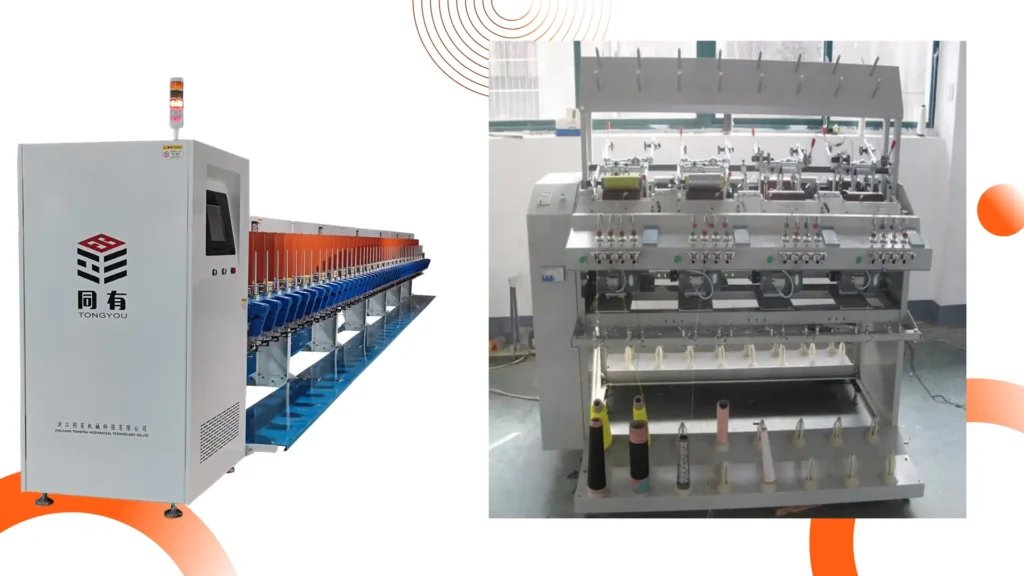
Applications for Smart Fabrics
And there are innumerable applications for smart textiles in sportswear for vital sign monitoring.
They are designed to change colors or textures based on specific environmental cues.
So, it is the addition of functionality into the textile, which caters to an ever-growing market that cherishes style combined with functionality.
Enhanced Industrial Performance and Market Appeal
Smart textiles provide an unparalleled competitive advantage to themselves as consumers demand more from their clothing.
By combining such traditional aesthetic appeal with service or utility, the building of a much dissolved audience and market demand will ultimately be achieved.
Digital Printing Technology
Advantages of Digital vs. Traditional Printing
The process of fabric design has been completely altered by the digital print technology.
It has simplified ways that the fabric can be synthesized using various patterns.
Unlike the traditional method, the work falls into place in minutes as well as in accurate patterns instead of wasting much time. This is particularly helpful due to the fast market changes.
Customization and Design Flexibility
One thing that digital prints can do best is personalization. Companies will be able offer completely personalized products, literally matching individual tastes and preferences.
The particular level of customization is something likely to help draw customers towards the brand and would hopefully create more brand loyal customers.
Speeding Up the Production Process
One great advantage of digital printing is that it allows for rapid manufacturing.
At last the printing can be right on the fabric, without the need for screens or plates, bringing far more superior products to be manufactured within a fraction of the time that conventional processes take.
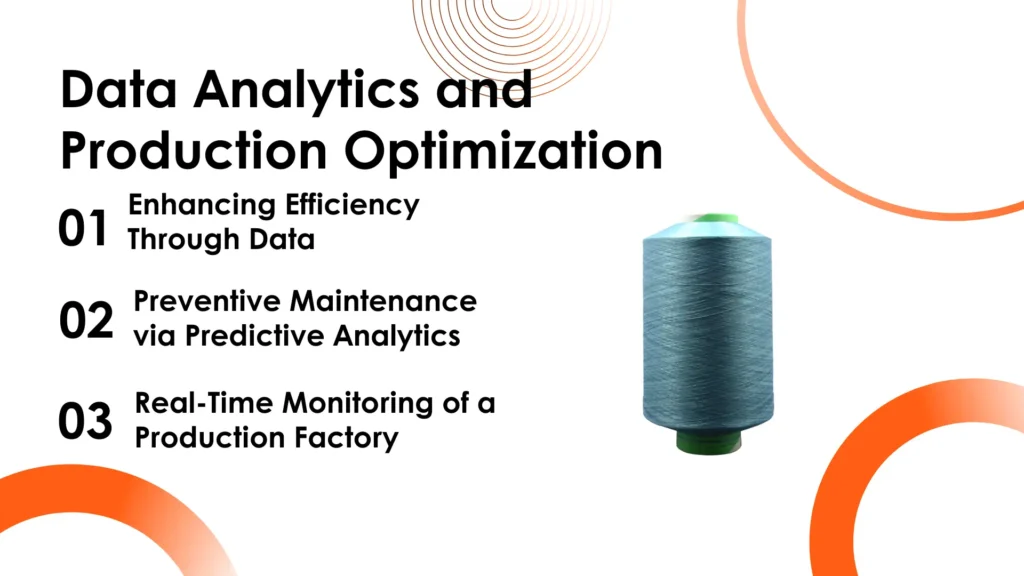
Data Analytics and Production Optimization
Enhancing Efficiency Through Data
Data analytics is considered to be gifted with the digital age, primarily for its application in the textile manufacturing process.
Through the evaluation of production data, manufacturers can identify areas for improvement and existing inefficiencies.
The operations are thus streamlined with utilization of resources in a better way.
Preventive Maintenance via Predictive Analytics
Predictive analytics helps manufacturers forecast an incidence of equipment breakdown in a proactive manner so that necessary action is undertaken before the failure occurred.
With real-time monitoring, based on pattern recognition techniques, applications can predict at an accuracy greater than 97%, equipment failures in the next three days.
Real-Time Monitoring of a Production Factory
Real-time monitoring provides instant feedback on manufacturing production processes to manufacturers.
Monitoring facilitates quick alterations that keep the operations efficient and lead to higher outputs.
Sustainable Technologies in Textiles
Environmental Friendliness in Production Methods
With the leaps and bounds that the whole world has taken toward conservation, the textile industry cannot be isolated anymore.
This is now improved by green techniques that include pigmentless dyeing and recycling processes to lessen the environmental footprint of textile production, benefiting a new group of the environmentally conscious consumers more than it could be imagined.
Benefits Resulting from Sustainability Methods
Savings in the long run is a benefit that can be achieved by exercising sustainability.
And in cost savings can emerge when production costs are reduced through waste and energy minimization associated with boosting of a brand image.
An organization like this commits itself to sustainability and will most probably create customers interested in these kinds of eco-friendly products.
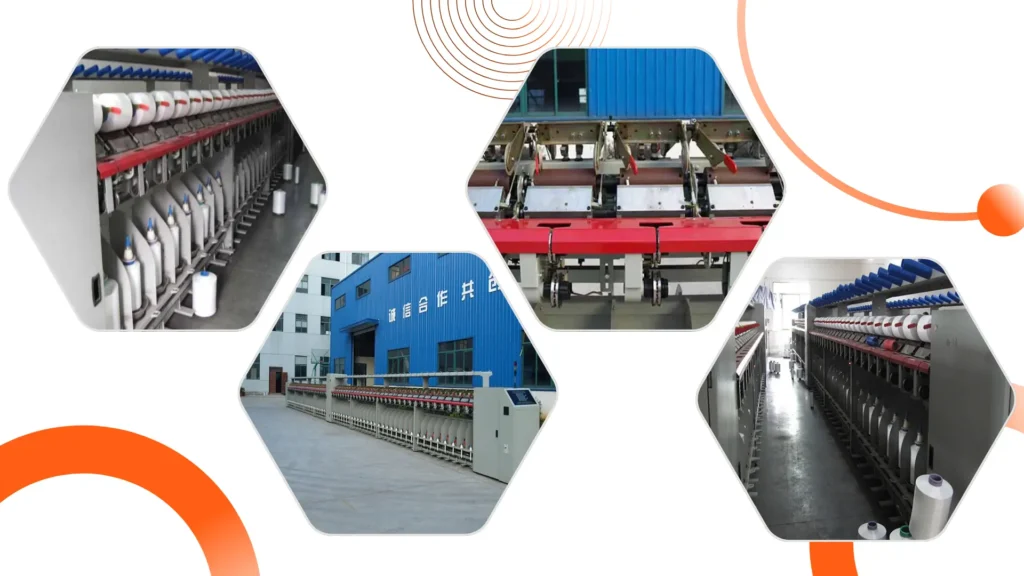
Meeting the Demand of Customers for Green Products
It is not just the problem to fix but also how all this can be interpreted in green terms such that eco-aware buyers would immediately notice one’s brand.
Certainly, as consumers become more educated and more aware about such issues, they are now continuously seeking out those brands that actively show commitment in sustainability.
Through integration of green technologies in their production chain, the garments manufacturers could adopt trends and turn themselves the leaders of ethical fashion.
Robotics in Textile Production
Contribution of Robots in Automation
In textile manufacture the robotics have a crucial contribution in the automation of all that.
Tasks can be done exactly in a repetitive manner with high speed by these advanced machines of the industrial revolution freeing human activities to more complicated ones and making it possible to better promote total production quality.
Activities Which Robots Can Perform
Robots are highly versatile and can take up a number of works, from fabric cutting to sewing seams or even packaging of the finished product.
Robotic applications in such densification of production are very important to reduce the injury risk of manual labor.
Enhancement of Safety and Labor Costs
Robotics have a dual impact of increasing the efficiency with reduced potential inconveniences experienced by workers.
Since robots handle dangerous tasks, this results in minimized chances of human workers being subjected to injuries, while the overall reduction of some labor also brings down labor costs, permitting the enterprise to use resources more effectively.
Collaboration Between Technology and Craftsmanship
Balancing Artistry with Technology
Given the opportunity that technology will bring reliability into an enterprise, in the textile industry handicraft gives more value and meaning to it.
Success is possible only when manufacturers would seek to follow a fine equilibrium between technological support and traditional processes; in this way, they may enrich their products in their quality and make them unique.
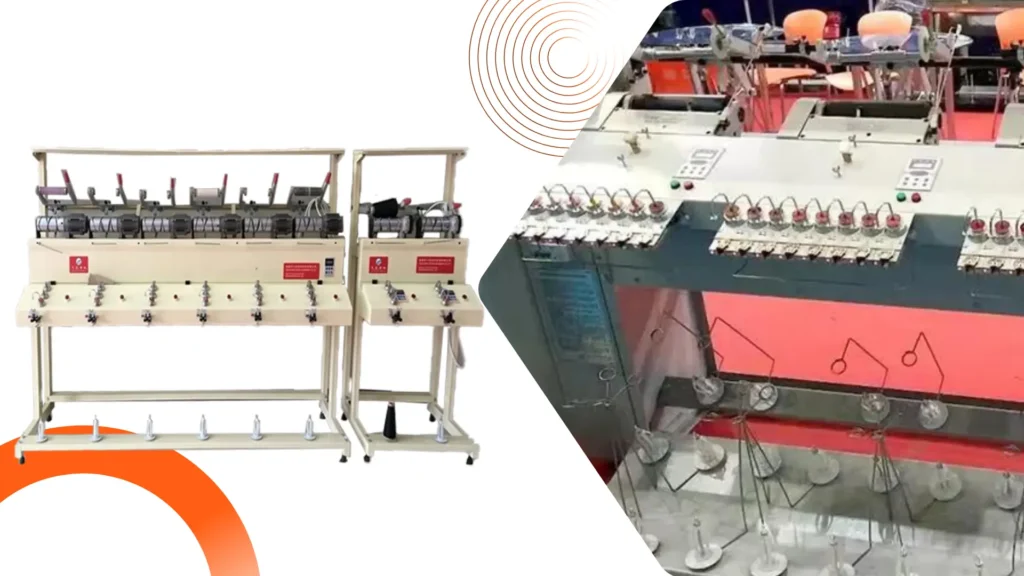
Enhancement-in Traditional Skills with Modern Tools
Modern tools let improved traditional skills to intrigue artisans who are enabled to produced never-before-seen design under the traditional method.
The continuity of the art as a part of the digital creation accesses an expanded market and the design of such products reaches the buying constituents of a company.
Educating the Workers of New Technologies
So would technology enrich such an evolution in the occupation that befits a modified form of learning for the workforce.
It will develop as very important systems of training for the workers that they would easily upgrade themselves into new technologies.
The requirement for such employee-developing programs will therefore be realized when companies start investing and realize they are left behind in terms of competitiveness or the new production developments would facilitate utilization of the developed applications.
Conclusion
Technological upheavals in the textile industry have witnessed marked steps toward enhancing outputs, efficiencies, and sustainability.
With the relevant inputs and strategically critical output of made-ups, the industrial sector always serves the industry.
Such innovations refer to networking solutions; data analytics, additive manufacturing, and eco-friendly processes.
The choice stands valid for every organization or business operating at any level of the textile manufacturing process: to tread along with the present or create the future.
It is an encouraging sign for all those who aspire or already produce high-end textiles with the fact that these technological advancements are indeed for every designer line.
Indeed, technology integration in textile production significantly impacts or improves the quality because excellence in design and manufacturing can result from proper training and inspiration.
Repeated reiteration of this has a direct bearing on the manner in which technology can double output and lower costs.


